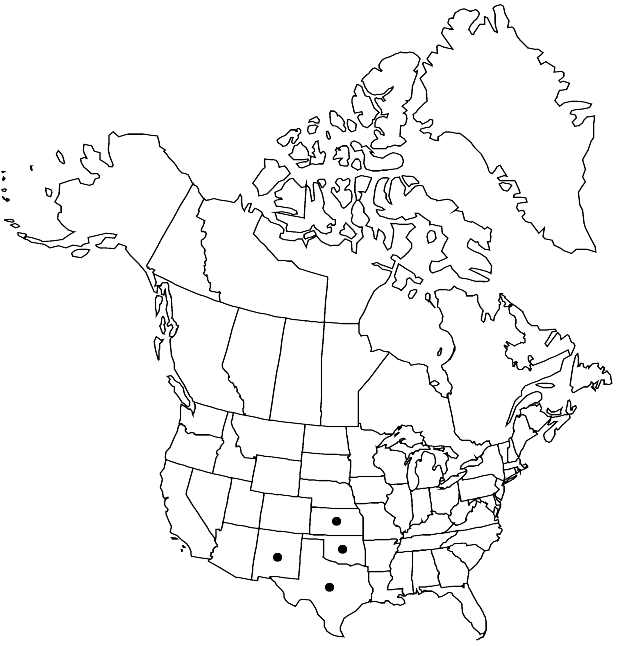Dimorphocarpa candicans
Cruciferae Continental N. Amer., 361. 1993.
Annuals or biennials. Stems unbranched proximally, branched distally, (3–) 4–8 (–10) dm. Basal leaves: petiole 1–4 (–6) cm; blade lanceolate to oblong or ovate, (2–) 4–8 (–10) cm × (10–) 15–25 (–40) mm, base cuneate to obtuse, margins dentate. Cauline leaves (distal) sessile; blade usually ovate to narrowly oblong, rarely lanceolate, base obtuse to truncate, margins entire, sometimes repand. Fruiting pedicels divaricate, (8–) 10–16 (–20) mm. Flowers: sepals 3.5–5 × 1–1.5 mm, pubescent abaxially; petals white or lavender, (7–) 8–10 (–12) × 4–6 (–7) mm, attenuate to claw, claw 2–3 mm, not expanded basally; filaments lavender or white, 3–4 mm; anthers 1–1.5 mm. Fruits: each valve suborbicular or orbicular, (7–) 8–10 × (6–) 7–10 mm, base rounded, apex truncate, with or without narrow margin beyond indurated part surrounding seeds, glabrous or pubescent; style (0.3–) 0.6–1 (–1.2) mm. Seeds suborbicular-ovoid, 3–4 × 2.5–3 mm. 2n = 18.
Phenology: Flowering Apr–Sep.
Habitat: Sandy hills and plains, prairies, sand dunes
Elevation: 100-800 m
Distribution

Kans., N.Mex., Okla., Tex.
Discussion
Selected References
None.
Lower Taxa
"broader than long" is not a number."elongated" is not a number."thick" is not a number."dm" is not declared as a valid unit of measurement for this property."dm" is not declared as a valid unit of measurement for this property.